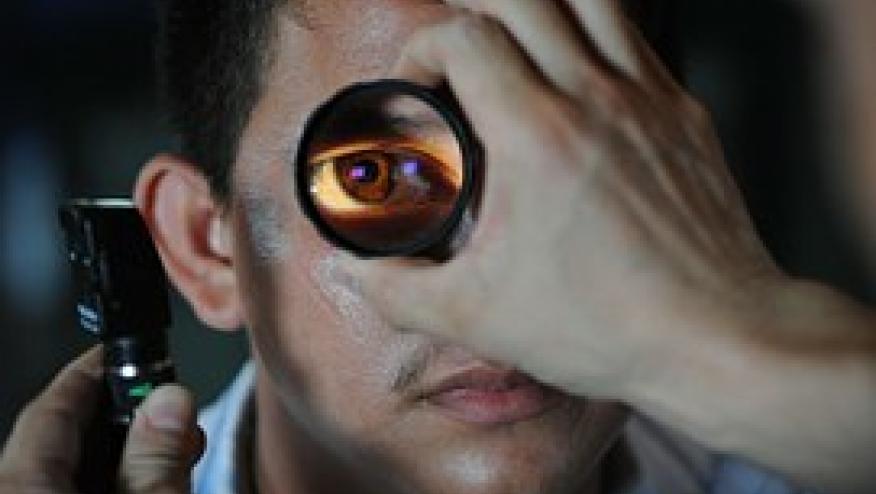Rheumatologists May be Unaware of New Hydroxychloroquine Retinopathy Monitoring Guidelines Save

Rheumatologists are well-acquainted with the rules for hydroxychloroquine (HCQ) retinopathy screening: A) annual visits to the ophthalmologist and B) maintain HCQ doses at less than 6.5 mg/kg to avoid retinopathy. But...not only are we not so well acquainted, there are new guidelines from the AAO.
In 20111, the American Academy of Ophthalmology published revised recommendations regarding HCQ screening.
A recent report from Israel surveyed 128 physicians about their screening practices for HCQ toxicity; this included 60 rheumatologists and 68 ophthalmologists.
Overall, only 5% of the rheumatologists and 15% of the ophthalmologists are aware of ophthalmologic assessments recommended for baseline and follow-up evaluation.
When an abnormal test is found, 60% of the responders recommend cessation of therapy. Most recommended more frequent testing thereafter, and 13% recommend first follow-up after five years for patients without risk factors.
Surprisingly, 95% were not aware of all of the known risk factors for HCQ toxicity.
The authors were concerned that inappropriate screening methods may lead to unnecessary cessation of beneficial treatment. An emphasis on better education about the revised recommendations are needed to ensure safe and effective use of HCQ.
Recently, the AAO reviewed this issue, noting that toxicity risk is dependent on daily dose and duration of therapy. They noted that the risk of toxicity up to 5 years is under 1% and up to 10 years is less than 2%, but rises to almost 20% after 20 years.
The AAO now recommends that the maximum daily HCQ dose should be 5.0 mg/kg real weight, and that a baseline fundus examination to rule out preexisting maculopathy. Annual screening should begin after 5 years for patients on acceptable doses without major risk factors. (Citation source: http://buff.ly/2bdqsRu)
The AAO states that modern screening should detect retinopathy before it is visible in the fundus. The primary recommended screening tests are automated visual fields plus spectral-domain optical coherence tomography (SD OCT). The multifocal electroretinogram (mfERG) can provide objective corroboration for visual fields, and fundus autofluorescence (FAF) can show damage topographically. Questionable test results should be repeated or validated with additional procedures to avoid unnecessary cessation of valuable medication.









If you are a health practitioner, you may Login/Register to comment.
Due to the nature of these comment forums, only health practitioners are allowed to comment at this time.